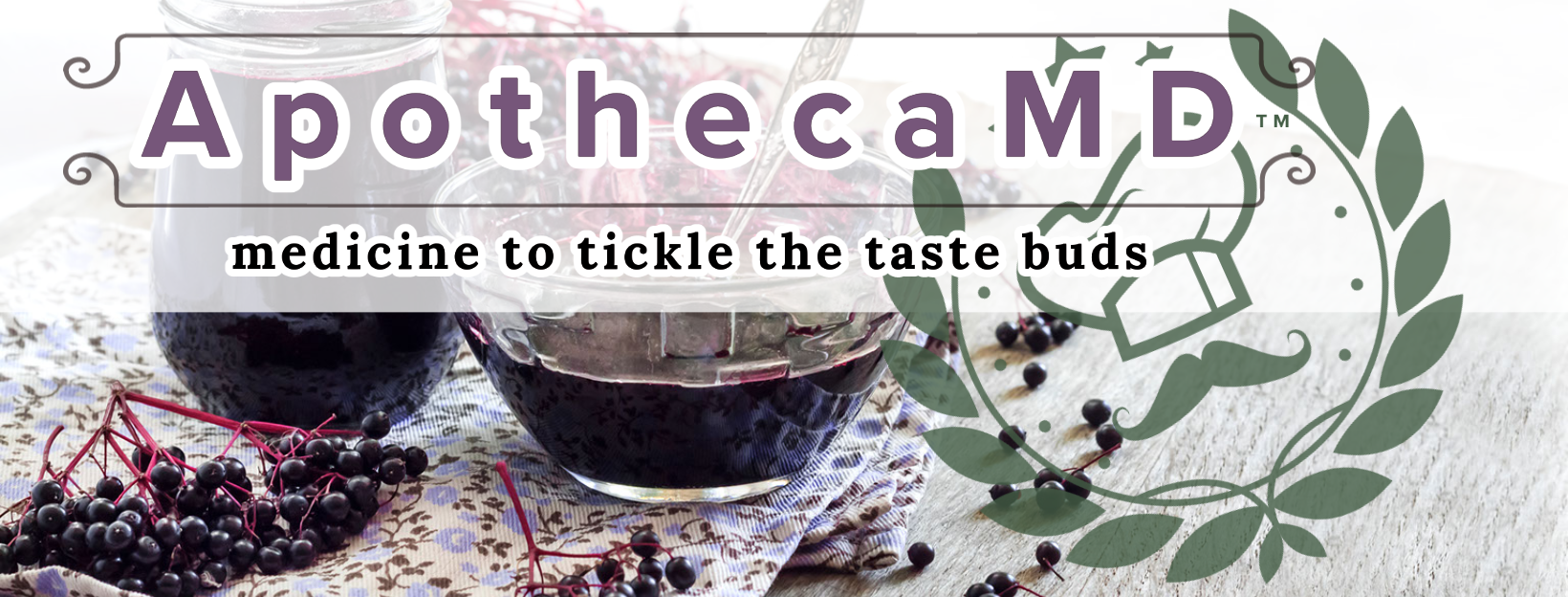Tobacco and Cannabis Use Have a Synergistic Association on Infection Risk Following Total Knee Arthroplasty
J Arthroplasty. 2023 May 2:S0883-5403(23)00452-7. doi: 10.1016/j.arth.2023.04.053. Online ahead of print.
ABSTRACT
BACKGROUND: Studies suggest an increase in the number of combined users of tobacco and cannabis. Therefore, we specifically assessed tobacco, cannabis, and combined users assessed tobacco, cannabis, and combined users who underwent primary total knee arthroplasty (TKA) to determine 90-day to 2-year: (1) odds of periprosthetic joint infection; (2) odds of revision; and (3) medical complications in tobacco users, cannabis users, and co-users who underwent TKA.
METHODS: We queried a national, all payer database of patients undergoing primary TKA between 2010 and 2020. Patients were stratified according to current use of tobacco products (n=30,000), cannabis (n=400), or a combination (n=3,526). These were defined according to International Classification of Disease codes, Ninth and Tenth Editions. Patients were tracked from the two years prior to TKA through two years afterwards. A fourth group of TKA recipients who did not have tobacco or cannabis use was used as a matching cohort. Periprosthetic joint infections (PJIs), revisions, and other medical/surgical complications from 90 days through 2 years were evaluated between these cohorts using bivariate analyses. Multivariate analyses assessed independent risk factors for PJI at 90 days through 2 years, adjusted for patient demographics and health metrics.
RESULTS: Combined tobacco and cannabis use were associated with the highest rates of PJI following TKA. The odds of 90-day PJI risk among cannabis, tobacco, and combined users was 1.60, 2.14, and 3.39, respectively, as compared to the matched cohort (p<0.001). Co-users had the highest and significantly increased revision odds at two years following TKA (odds ratio = 1.52, 95% confidence interval, 1.15 to 2.00). At one and two years following TKA, cannabis, tobacco, and co-users had higher rates of myocardial infarctions, respiratory failures, surgical site infections, and manipulations under anesthesia when compared to the matched cohort (all p < 0.001).
DISCUSSION AND CONCLUSION: Tobacco and cannabis use prior to primary TKA demonstrated a synergistic association on PJI risk from 90 days through 2 years. Although the harms of tobacco use are well-known, this additional knowledge about cannabis should be incorporated in the shared decision-making discussions in the pre-operative setting to best prepare for expected risks following primary TKA.
PMID:37142070 | DOI:10.1016/j.arth.2023.04.053

